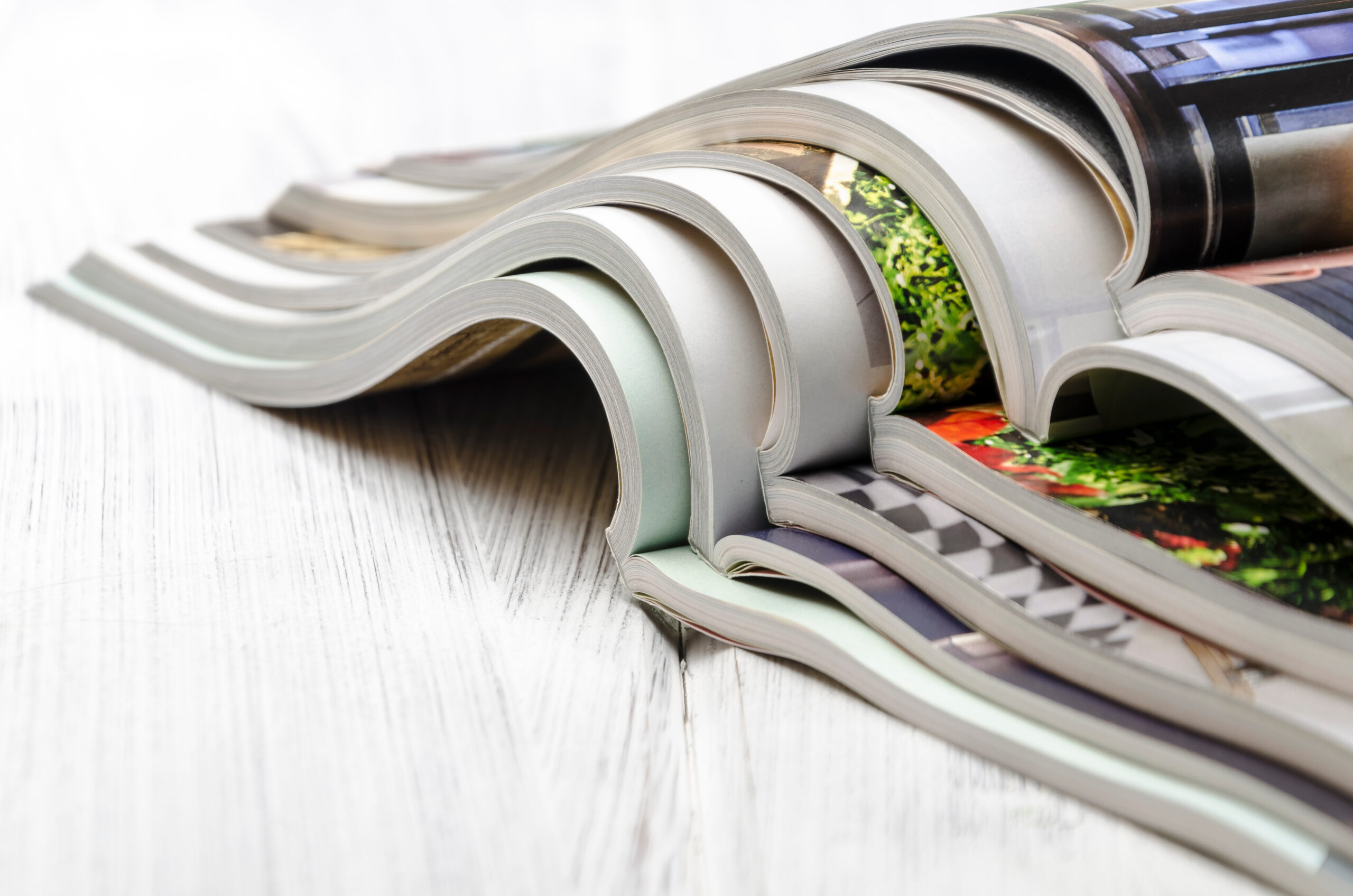What are the methods for printing booklets?
Booklet printing is a way of producing a book, periodical, or document with eight to seven hundred pages. Depending on the printing technology, your booklet can be as little as 120x120mm or as large as A3. There are three types of binding that are typically employed in booklet printing, each with its own set of advantages.
Saddle stitching on manuals
Staples or wires are used to bind the pages together along the folded spine of saddle-stitched books. Saddle-stitched booklets are a popular choice among our customers because to their inexpensive cost and high level of professionalism. If your booklet contains more than 40 pages, the spine will be squared off for a better finish and to keep it from bursting open.
Among the applications are brochures, catalogues, event programmes, bulletins, and information pamphlets.
Pages
Saddle stitched booklets with eight to sixty-four pages are appropriate for any document.
Booklet dimensions
Your booklet is available in eleven sizes, ranging from 120mm square to A4 and featuring portrait and landscape layouts. View the full range of saddle-stitched book sizes available here.
Suggestions and advice
Internal sheets are typically 150gsm and the cover is 250gsm with lamination on the exterior. If your booklet contains more than 28 pages, we recommend using 130gsm paper for the inside pages.
Remember that folded spreads are used to make saddle stitched booklets. The total number of printed pages must be divisible by four because each spread is folded into four pages.
Provide your artwork as a multi-page pdf with single pages ranging from the cover (page 1) through the end of your book, including any blank pages that will appear in the finished book.
Discounts on saddle-stitched pamphlets
This month, we’re offering a 10% discount on saddle-stitched books. Request a quote at www.DigitalPrinting.co.uk to assess your possible savings!
Volumes that are entirely stitched
Single leaves are organised in a squared-off block and glued along the rear edge of the pages to form perfect-bound books. After wrapping the cover around the spine, it is glued to it. We use a high-strength, temperature-resistant, and flexible PUR adhesive. This permits the book to be opened further without the spine cracking or the pages falling out.
Perfect binding produces professional books or documents that close completely flat, and we also print on the spine, making them excellent for exhibition as well as stacking.
Annual or corporate reports, pamphlets, magazines, academic writings, reference books, and novels are all examples of uses.
Pages
Perfect-bound volumes have the advantage of being suitable for books and documents ranging in length from 28 to 700 pages. Magazines to best-selling novels are examples of perfect-bound publications.
Dimensions of the page
Perfect bound books come in the same eleven sizes as saddle stitched booklets, ranging from 120mm x 120mm to A4.
Suggestions and advice
Because the cover and interior pages are created independently, you must provide a separate pdf for the inside covers and another for the inner pages. Save the cover as a flat spread with a spine and the main pages as a multi-page PDF in running order. As perfect-bound volumes do not lay fully flat when opened, leave at least 12mm of gap between the text and the inside of each page close to where it will be bound on your artwork.
Wiro Tied
Individual leaves are stacked and perforated with holes along the left or upper edge of a wiro binding. The pages are then connected by threading wire through the perforations. Wiro-bound books have the advantage of being able to open completely flat or fold all the way around. As a result, they are great for reading instruction manuals or other publications that need the user to have both hands free while performing another work.
Recipe books, instruction manuals, presentation materials, instructional aides, and company reports are all examples of applications.
With a minimum of four pages, you can print up to 360 pages (180 leaves printed on both sides).
Sizes
Wiro-bound books come in the following sizes: 1/3 A4, A5, 210mm square, A4 and A3 landscape.
Suggestions and advice
Wiro-bound books, like perfect-bound books, require a 12mm margin of safety at the edge of each page. Send your artwork as a single multi-page PDF with individual pages from the cover to the back and any blank pages included. For further protection, laminate your cover or incorporate a transparent acetate cover.
Standard quality paper is available with uncoated, silk, and glossy finishes. The weights of paper range from 100gsm to 350gsm. Visit our website to see all of the various paper types and finishes, as well as our team’s recommendations.
You can also choose from our amazing variety of premium papers if your booklet is wiro-bound or saddle-stitched. There are shiny and pearlescent sheets with a wonderful sheen.
Textured and embossed papers, such as linen, lay, hammer, and felt, are also available. Inquire about a sample pack; we’re convinced that the appearance and feel of these quality sheets will wow you.
We also prioritise green printing. This is why we offer recycled papers, recycle 99 percent of what can be reused, and seek to utilise paper from responsibly managed forests. With the exception of coated papers, all of the papers we offer for booklet printing are recyclable.
Your pamphlet is professionally printed at a moderate cost.
Whatever type of booklet you choose, you can be confident that you will obtain outstanding value and print quality, as do all of our clients. Our Indigo Digital Presses generate rich, beautiful colours and outstanding picture reproduction, guaranteeing that your printed booklet looks just how you want it to.

